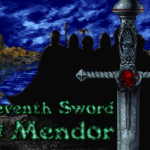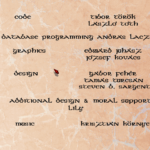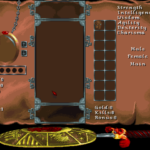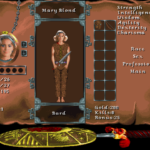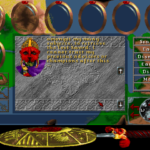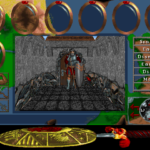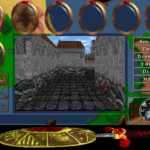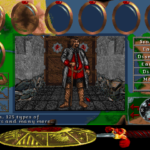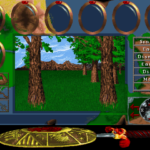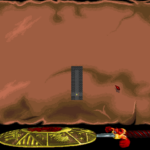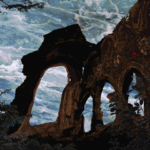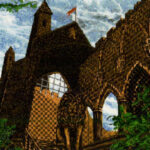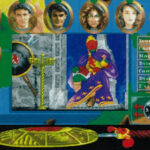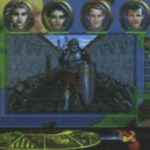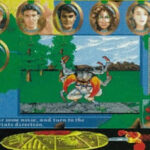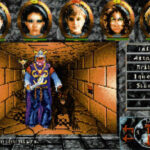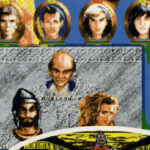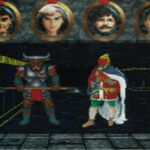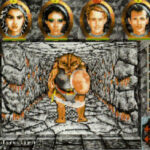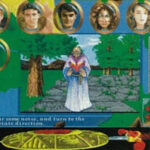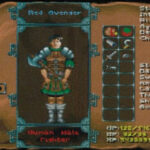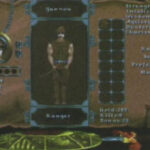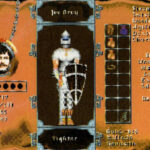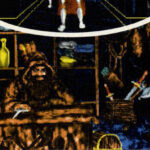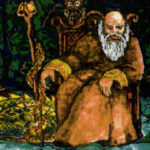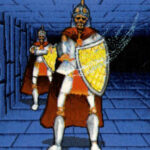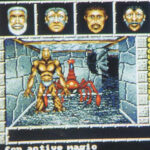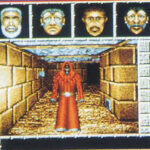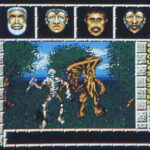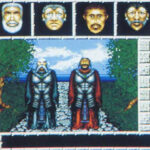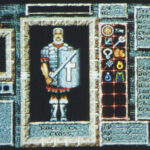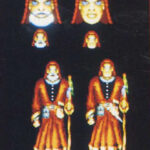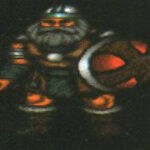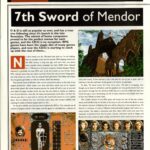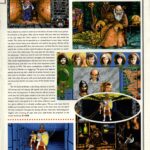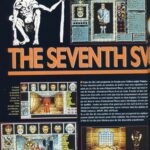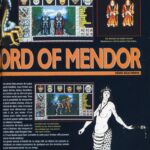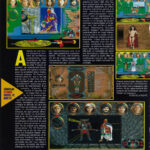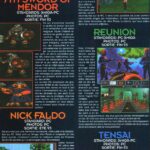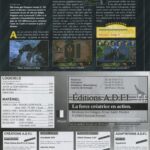1992-1995 Thalamus / Grandslam
Platforms: Commodore Amiga, Amiga CD32 and PC
Originally conceived as a spiritual follow-up to Abandoned Places, The 7th Sword of Mendor (also known as Seventh Sword) was an ambitious RPG project from Hungarian team Amnesty Design. The game was pitched as a graphically detailed, story-driven experience that blended classic Dungeon Master-style gameplay with the open exploration and the look/feel of Might & Magic III.
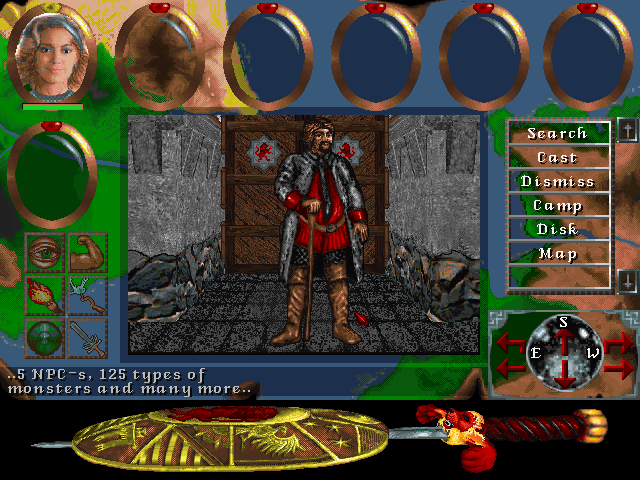
Despite several years in development, magazine previews, and even a playable demo sneaking out on PC, the title ultimately vanished following the demise of its publisher.
From the moment you start your journey, the game aims to immerse you in a world of high fantasy. The story takes place across two vast islands – one of which is protected by seven mystical swords. During a grand banquet, these swords are stolen from their keepers, triggering a quest to recover them before catastrophe hits the land.
As an RPG, the game drew heavily on other games from the early ’90s. Players commanded a party of six characters – selecting from multiple races and classes, each with distinct strengths and weaknesses. Mages and Bards, for instance, played critical support roles from the rear, while front-line warriors engaged the enemy directly.
Combat was menu-driven but flexible, where players could choose each character’s action, adjust the speed of battles, and even position party members tactically in the group formation. For seasoned RPG fans, the system would have felt familiar and reliable, while newcomers were likely to find the interface accessible and intuitive.
The scale of the game was nothing short of epic. The developers promised:
- Over 434 kilometres of explorable terrain
- A staggering 71,000 screens across dungeons and wilderness
- 150 spells, 100 different monsters and eight distinct regions to explore
- Deep inventory and AI mechanics – each object with weight, damage, and impact parameters
- On the PC version – a full SuperVGA presentation at 640×480 with 256-color digitized sprites and backgrounds
- Digitised actors for characters
The game also featured advanced options for the time, including automaps, extensive stat tracking, mouse-based navigation, and branching storylines based on player choice. There were even hints at a recruitable seventh party member mid-journey to expand tactical options.
Amnesty Design, led by Gábor Kiss, initially developed the game for the Amiga platform. Originally slated to be published by Thalamus in the early ’90s, The 7th Sword of Mendor was eventually taken over to Grandslam after Thalamus’ collapse.
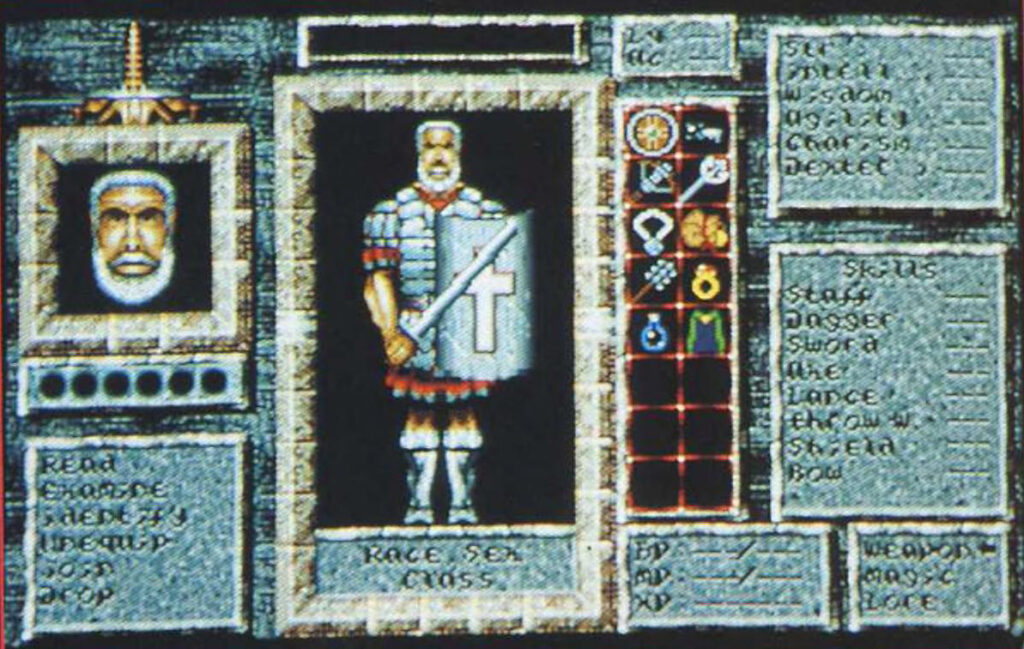
Development continued, with a PC-CD version planned to include full speech, animated intros, and cinematic cut-scenes. A CD32 version was also teased in previews, though its status remained unclear and its unknown if anything was ever started for the platform.
Despite being nearly complete, the collapse of Grandslam in the mid-’90s effectively sealed the fate of 7th Sword. A playable PC demo emerged in 1995, showing off impressive visuals and mechanics – but no final version ever materialised. It’s something at least for now to check out, but hopefully more of the game (and maybe something of the original Amiga version) will surface.
If you know anything more about the game, please do get in touch.
With thanks to Ross Sillifant and Hoagie / Abandonware France for highlighting and to Archive.org for scans and the PC demo.
